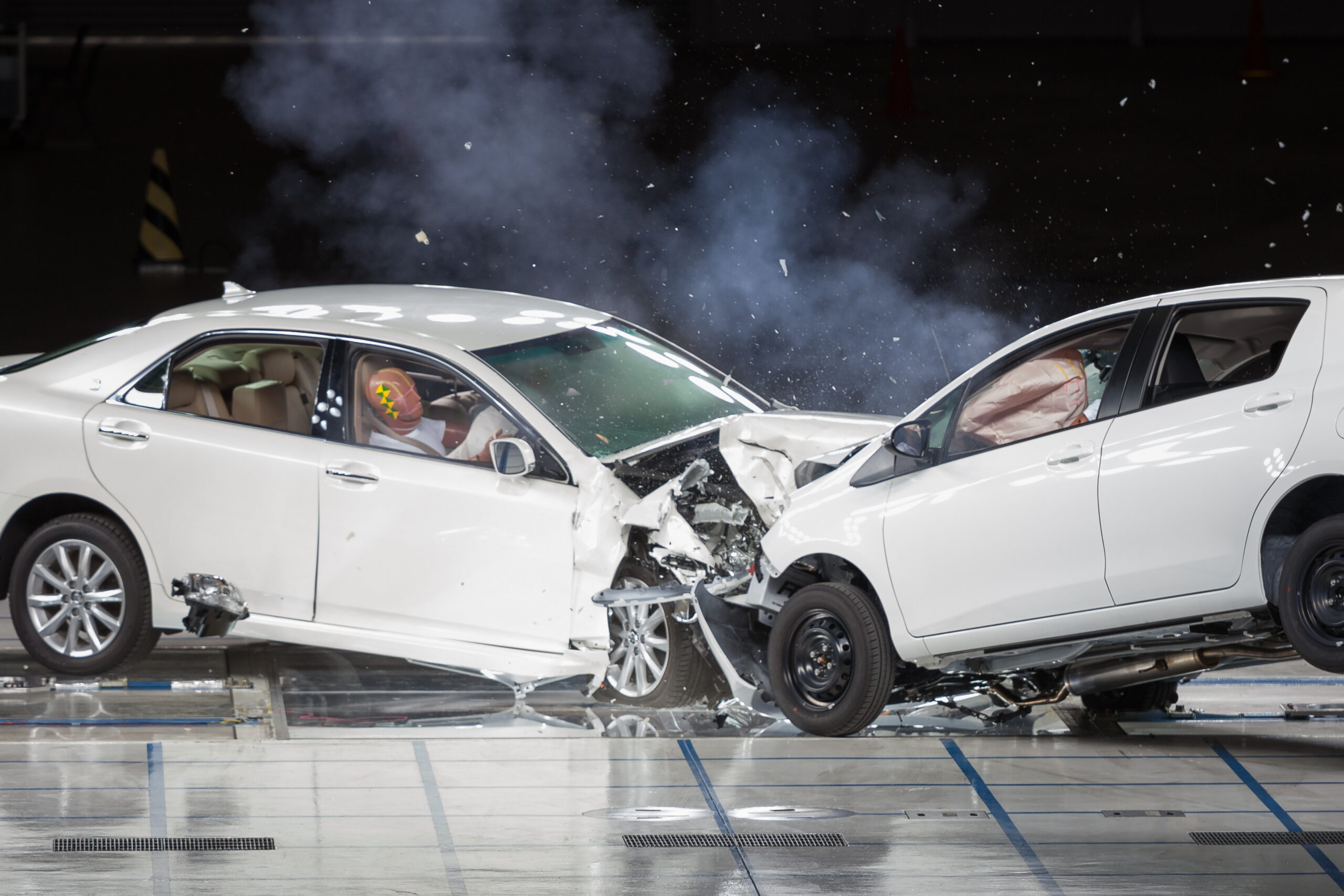A man injured in a Southern California auto accident received approval from the Second District Court of Appeal to resume pursuing his negligence case against the driver who injured him. The appeals court overturned a dismissal of the injured man’s case on statute of limitations grounds, ruling that, since the paramedic who allegedly caused the accident was not in the act of providing services to a patient, the injured man had two years, rather than one, to file his lawsuit.
The case involved an auto accident in Oxnard. A vehicle driven by M.S. collided with a vehicle driven by G.A. Roughly 17 months after the accident, G.A. sued M.S. This is not an unusual timeline. People injured in auto accidents often take many months to retain counsel, collect all their evidence, and decide whether and whom to sue. California law gives people injured in vehicle accidents 24 months to sue if they pursue their case as one arising from general negligence. After that, the law says that the statute of limitations has expired, which means that the injured person is forever barred from pursuing that claim.
In G.A.’s case, M.S. asked the trial judge to dismiss the case on the ground that the statute of limitations had expired. The wrinkle in G.A.’s case was that M.S. worked as a paramedic supervisor, and this status, according to Stillwater, meant that the correct statute of limitations was 12 months, rather than 24. The trial court accepted this argument and threw out G.A.’s case.
G.A. appealed, and he was successful. The trial court never should have thrown out G.A.’s claim because, under the facts of his case, the shortened 12-month statute of limitations did not apply, and the standard 24-month one did. M.S. was correct that California enacted the Medical Injury Compensation Reform Act and that the MICRA imposes an abbreviated statute of limitations upon people injured by medical providers. The law says that an injured person must “file suit against a health care provider for professional negligence to one year from the date the injury is discoverable.”
The California Supreme Court, earlier this year, ruled that this shorter statute of limitations only applies, though, if the medical provider commits the act of negligence in the course of “the provision of medical care to patients.” While M.S., as a paramedic supervisor, arguably qualified as a medical provider, the activity he was doing when he injured G.A. through his alleged negligence was clearly not related to providing care to a patient. He was merely driving. The injured man’s damages did not occur due to M.S.’s failure to meet a professional obligation. They happened because M.S. allegedly failed to use reasonable care in driving his vehicle.
As the court pointed out, what M.S. was doing when G.A. and he collided mattered. A paramedic driving carefully while traveling to an accident is not integral to that paramedic’s professional duties of providing medical diagnoses and treatment to that patient. If, however, a patient had been in the vehicle, the paramedic’s driving might have qualified as necessary and integral and triggered the one-year statute of limitations.
There are many decisions that must be made and numerous pieces of information that must be assessed and organized as part of your auto accident case. Some of these things require knowledge of the facts of your case. Others require knowledge of the law. Experienced personal injury counsel can help you with all of these. The hardworking San Mateo car accident attorneys at the Law Offices of Galine, Frye, Fitting & Frangos have a long track record of helping injured people and have tools and resources to help you pursue compensation for the harm you’ve suffered. To set up a free consultation with one of our experienced attorneys, contact us at 650-345-8484 or through our website.
More Blog Posts:
California Bicyclist’s $3.7M Jury Verdict Survives At-Fault Driver’s Appeal, San Mateo Injury Lawyers Blog, published May 24, 2016
California Court Affirms Two-Million Dollar Verdict for Plaintiff Injured in Auto Accident, San Mateo Injury Lawyers Blog, published May 10, 2016
California Driver Injured by Paramedic Did Not Wait Too Long to Pursue Negligence Case


